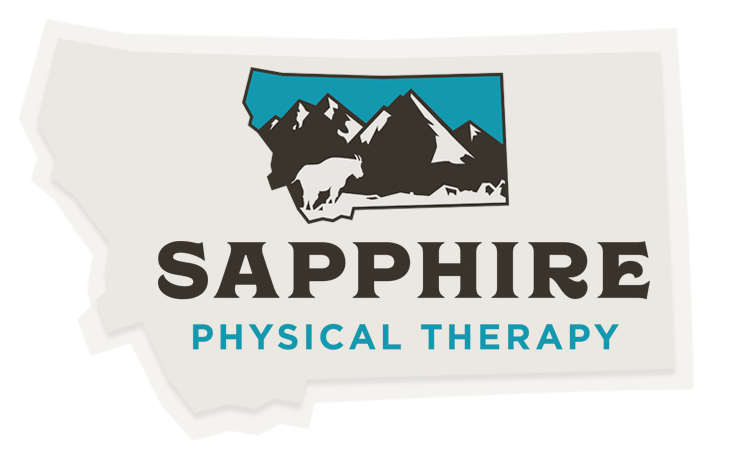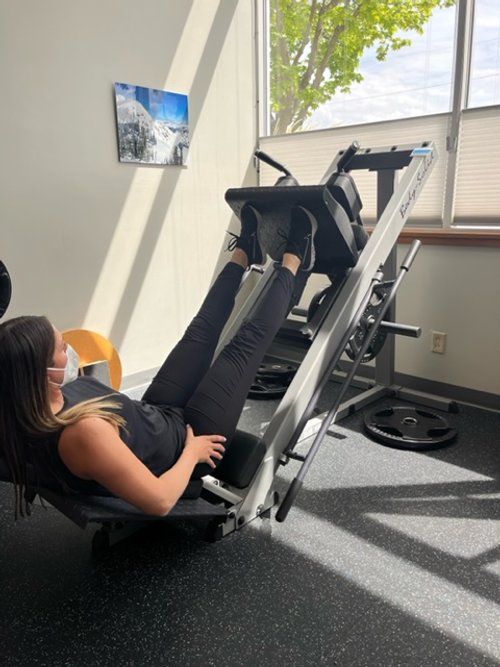Calf Raises, Criterion for Norm
Manual muscle testing has been a standard clinical measure used to assess muscle forces since the early 1900s by Lovett and Wright.1,2 Originally developed in response to polio’s impact on muscular strength in children, this grading system has since been cultivated to allow physical therapists the ability to subjectively assess and grade muscular strength for the sole purpose of identifying areas of weakness and limb asymmetries in all ages.1 Research has also produced functional standards to help assess strength without needing a doctorate degree. One of the quickest and easiest tests to perform is the single leg calf raise.
While the “normative value” was widely accepted to be 25 body weight repetitions with no gender differences in the past, a more recent meta-analysis does not indicate a clear cut off due to inconsistent testing parameters between studies. 3,4 Regardless of there being a lack of standardization at present, what we do know is that the calf is KING when it comes to function over the lifespan.
Effects of Aging on Ankle Function: motivation to keep those calves fit over the lifespan
Walking: 21 vs 77 year olds show 18 % less plantarflexion work.5
Running: Every 5 years over the age of 20, you lose ~4% ankle power.6
Ankle power & anterior propulsion decreased 31% on average between the ages of 20 and 60 and were predicted to decrease 47% on average by age 80. 6
These decreased mechanical outputs resulted in 13% reductions in stride length and running velocity by age 60 and predict 20% reductions by age 80.6
Are Calf Raises the Anti-Aging Antidote?
Not exactly. However, it is proposed that calf strengthening throughout the life span can attenuate the biomechanical deficits that come along with aging.6
Key Elements for accuracy of testing:
Must be standing on a single leg and on a flat surface (not with heel off a step)
Balance assists should be used such as a wall or table (not a balance test)
Participant must go through full available ankle range of motion
Compensations such as vaulting or rocking are not allowed
Pacing should be the same up as down
Ready, set, let the calf raise games begin!
Look for asymmetries between legs
You are your best comparison (left vs right)
What are some injuries related to calf weakness?
Less than optimal strength in your plantar flexor muscles (predominantly calf & soleus) places you at an increased risk for a myriad of running related or overuse injuries:
Plantar Fasciopathy
Shin Splints (Medial Tibial Stress Syndrome)
Posterior Tibialis Tendinopathy
Achilles Tendinopathy
Calf Strain/Tear
Stress Fracture
Optimal Exercises to Improve Plantar Flexor Strength:
Written by: Bailey Lodato, PT, DPT
References:
1. Wright WG. Muscle training in the treatment of infantile paralysis. Boston Med Surg J. 1912;167:567-574.
2. Lovett RW, Martin EG. Certain aspects of infantile paralysis and a description of a method of muscle testing. JAMA. 1916;66:729-733.
3. Lunsford BR, Perry J. The standing heel-rise test for ankle plantar flexion: Criterion for normal. Physical Therapy. 1995;75(8):694-698. doi:10.1093/ptj/75.8.694
4. Hébert-Losier K, Newsham-West RJ, Schneiders AG, Sullivan SJ. Raising the standards of the calf-raise test: A systematic review. Journal of Science and Medicine in Sport. 2009;12(6):594-602. doi:10.1016/j.jsams.2008.12.628
5. Hortobágyi T, Rider P, Gruber AH, DeVita P. Age and muscle strength mediate the age-related biomechanical plasticity of gait. Eur J Appl Physiol. 2016;116(4):805-814. doi:10.1007/s00421-015-3312-8
6. Devita P, Fellin RE, Seay JF, Ip E, Stavro N, Messier SP. The Relationships between Age and Running Biomechanics. Med Sci Sports Exerc. 2016;48(1):98-106. doi:10.1249/MSS.0000000000000744





